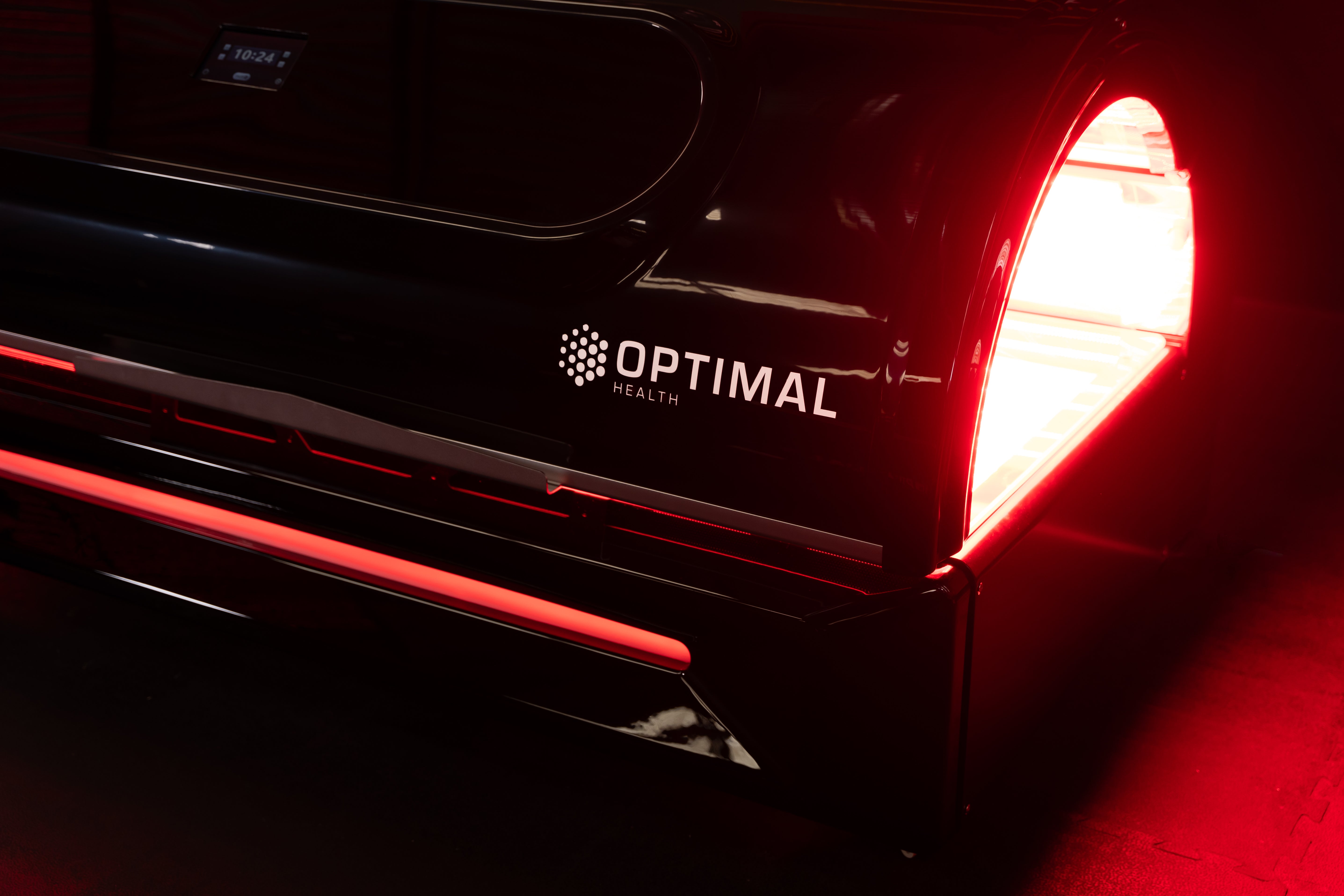Ever stared at Red Light Therapy or Red Light Therapy Beds and wondered, do any of these actually work? Short answer: yes—if you pick the right one. From targeted tools to full‑body glow‑ups, Red Light Therapy at Home can work wonders. Stick around to find out which ones are truly worth it.

What is Red Light Therapy and How Does it Work?
The Science Behind the Light
Photobiomodulation and Wavelengths
Red light therapy works through photobiomodulation. It uses specific wavelengths of light—mainly 630–660nm (red) and 810–850nm (near-infrared). These light wavelengths interact with the skin and deeper tissues, triggering natural healing processes. The light doesn’t damage the skin—it encourages it to repair.
This process can benefit not only your skin, but also muscles, joints, and even mood.
The Role of Mitochondria in Cellular Repair
The mitochondria inside your cells are responsible for energy production. Red light therapy helps them perform better by encouraging more efficient production of ATP. That extra energy allows your body to repair and regenerate more effectively.
It’s why this therapy is often praised for speeding up recovery and easing inflammation.
Differentiating Red Light from UV Light
Unlike UV rays, red light doesn’t cause sunburn or skin damage. It’s non-ionising and safe when used correctly. While UV can lead to ageing and cell mutations, red light gently stimulates regeneration. Think of it as sunlight’s skin-friendly cousin—with none of the burn.
Red light is about healing, not harming.
Distinguishing Red Light Therapy from Other Treatments
Comparing Red Light Therapy with Blue Light Therapy
Blue light is mostly used to fight acne. It targets bacteria on the skin’s surface. Red light, in contrast, goes deeper—stimulating collagen, reducing inflammation, and aiding tissue repair. Some advanced devices offer both for layered benefits.
If you’re seeking glow and recovery, red wins.
Understanding Low-Level Laser Therapy (LLLT)
LLLT is a type of red or near-infrared therapy delivered through focused lasers. It's often used in clinical settings and requires trained professionals. At-home devices typically use LEDs instead of lasers, which makes them safer and easier for personal use.
LEDs cover more surface, while lasers target very precise points.
What Conditions Can Red Light Therapy Help With?

Benefits for Skin and Appearance
Reducing Fine Lines, Wrinkles, and Dark Spots
RLT boosts collagen production in the skin. With consistent use, it helps firm the skin and soften fine lines. It may also reduce the appearance of dark spots caused by sun exposure or ageing.
You’ll notice improvements gradually, often within 4 to 8 weeks.
Managing Acne, Eczema, and Psoriasis
Because it reduces inflammation, RLT can ease symptoms in chronic skin conditions. Acne, eczema, and psoriasis may become less irritated with regular sessions. It’s not a cure, but it supports clearer, calmer skin.
Paired with skincare or medical advice, the results can be meaningful.
Improving Wound Healing and Reducing Scars
Red light therapy increases blood flow and supports cell turnover. This speeds up recovery from wounds and may reduce the appearance of scars. It’s popular for post-surgery healing or acne marks.
Gentle and non-invasive, it’s a good complement to other treatments.
Promoting Hair Growth (Androgenetic Alopecia)
By stimulating hair follicles and improving blood flow to the scalp, RLT can promote hair growth. This is especially useful for early-stage hair thinning or genetic hair loss. Devices like caps and combs are popular for at-home treatment.
Consistency is key—3 to 5 times per week is common.
Red Light Therapy for Pain and Inflammation
Easing Joint Pain (e.g., Osteoarthritis, Rheumatoid Arthritis)
Near-infrared wavelengths penetrate deeper tissues and may reduce joint stiffness. Many users report less discomfort and better flexibility over time. RLT may be used alongside physical therapy or medications.
It's gentle enough for daily or near-daily use.
Relieving Muscle Soreness and Promoting Recovery
After workouts or injuries, red light therapy helps reduce muscle soreness. It encourages quicker recovery by boosting circulation and decreasing inflammation. Athletes often use it to stay on top of performance.
It’s ideal before or after intense physical activity.
Treating Conditions like Carpal Tunnel Syndrome
Targeted red light application may help reduce inflammation in compressed nerves. For carpal tunnel, this could mean less tingling and improved hand function. Always pair with medical advice for best results.
It's non-surgical and pain-free, making it a low-risk option.
Getting Started with Red Light Therapy: What You Need to Know
In-Office vs. At-Home Devices
Factors to Consider: Wavelengths, Intensity, and FDA Clearance
In-office machines are stronger and handled by trained professionals. At-home devices are more convenient but vary in quality. Look for devices with proper FDA or CE certifications, and wavelengths within 660–850nm.
Check the irradiance (light strength) to ensure results.
Cost and Treatment Frequency
Clinic treatments can be pricey—especially if multiple sessions are needed weekly. At-home panels, masks, and wands are more affordable in the long run. However, they require discipline and regular use.
Most users see results with 10–20 minutes, three to five times per week.
Is Red Light Therapy Safe?
Potential Side Effects and Safety Precautions
Side effects are rare, but they can happen. These include temporary skin tightness, dryness, or slight irritation. Never stare directly at red light—protective eyewear is a must. Stick to the recommended time and distance to avoid overexposure.
Always read the manual first.
Consulting a Healthcare Professional
If you're pregnant, on photosensitive medications, or have a chronic illness, speak to your GP. Some skin and eye conditions may also react poorly to red light. A quick consultation ensures you're not taking unnecessary risks.
Safe and informed is always better.
Takeaways
-
Which red light therapy works? It depends on your goals and device quality.
-
Skin-focused? Choose a mask or handheld device. For pain relief or recovery, go for Red Light Therapy Panels or full-body Red Light Therapy Beds.
-
Red Light Therapy at Home is convenient—but only effective when used consistently and safely.
-
Choose certified devices and stick to your routine to see real results.






